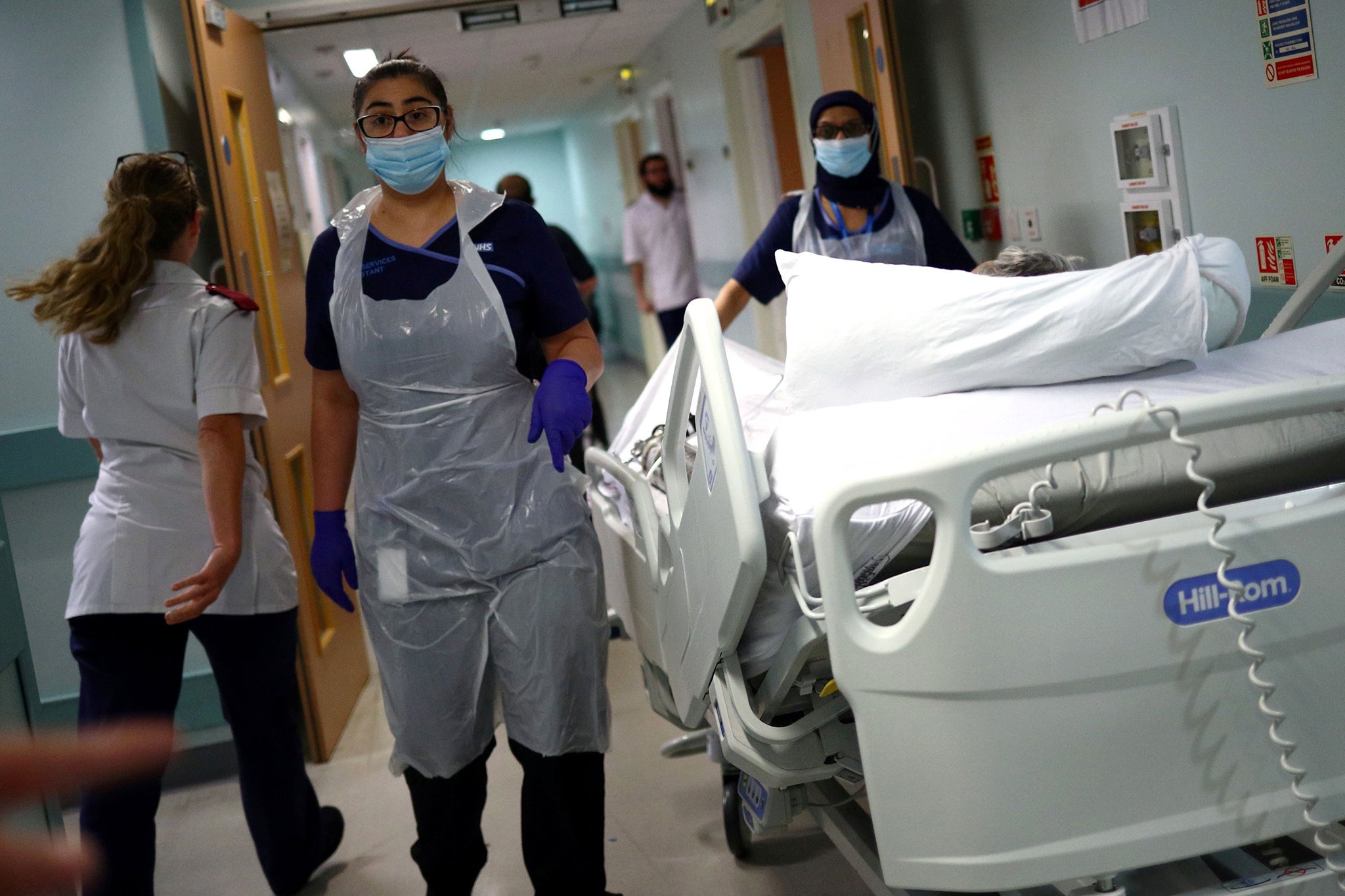The number of patients waiting 12 hours or more in A&E to be admitted to a ward has hit a new record high.
Figures from NHS England show that in January, 61,529 people waited more than 12 hours in A&E departments from the decision to admit them to actually being admitted, up from 54,207 in December.
It breaks the December 2022 record of 54,573 patients waiting to be admitted to a different hospital ward.
The record comes as the number of hospital beds being occupied by patients who were medically fit to be discharged also hit a new record for this winter, with an average of 14,087 beds taken up by these patients.
Near-record case numbers of the winter vomiting bug norovirus are also continuing to maintain pressure on England’s hospitals.

An average of 948 patients a day were hospitalised with norovirus last week, according to NHS England – slightly down from the previous week’s seasonal high of 961 patients, but more than two-thirds higher than in the same week last year.
Despite the ongoing pressure, separate monthly figures show that in January nearly three in four patients (73 per cent) were seen within four hours of attending A&E, an improvement on December (71.1 per cent) and January 2024 (70.4 per cent).
The Royal College of Physicians pointed out that over the last month, more than 420,000 patients who were medically fit for discharge remained in hospital, a 14 per cent increase on December.
These patients often end up stuck in hospital while they wait for places to become available in nursing homes or other care facilities.
Dr John Dean, clinical vice-president of the college, said it is an unsustainable situation.
“Every day, thousands of patients remain stuck in hospital beds – not because they need medical care, but because there is simply nowhere for them to go, such as a place in a residential care home, or a support package for care in their current home. This is a systemic failure that places intolerable pressure on the NHS,” he said.
“Delayed discharges overwhelm emergency departments, force the cancellation of planned treatments, and cause patients unnecessary distress and deterioration in their health. The impact ripples across the entire healthcare system – from paramedics waiting with patients in ambulances to doctors and nurses struggling to find space for those in urgent need.”
Despite the enormous and ongoing pressure on hospitals, separate monthly figures from NHS England show that long waiting list times fell as NHS staff delivered a record 18 million treatments in 2024.
In December alone, staff delivered 1.33 million treatments, up 6.5 per cent on 1.25 million the year before.
The proportion of people waiting less than 18 weeks rose to 58.9 per cent from 56.6 per cent, while the number waiting more than a year fell to just over 200,000 to make up just 2.7 per cent of the waiting list, the lowest proportion since August 2020.
Ambulance wait times also improved across all categories in January.
NHS England’s national clinical director for urgent and emergency care, Professor Julian Redhead, said: “These latest figures show how innovations and the hard work of staff are now delivering consistent progress in bringing down the backlog.
“This post-pandemic period is potentially the hardest the NHS has ever managed, and that has certainly been true this winter, with soaring levels of viruses, high bed occupancy, and difficulties discharging patients – with last week seeing 14,000 beds taken up each day by patients who were medically fit for discharge.
“Despite that storm of pressure in January, A&E and ambulance waiting times were improved on both the month and year before, and this year we will continue work to improve patient flow across hospitals throughout the year, to ensure that we’re in a better position for next winter.”
Health secretary Wes Streeting said: “Through the prime minister’s plan for change, the government has already cut NHS waiting lists by almost 160,000 since July, through a combination of investment and reform.
“As we work to end the misery of people left stranded on NHS waiting lists, we will also continue to address the issues facing our A&E departments.
“Annual winter pressures should not automatically lead to an annual winter crises, and we will soon publish our plan to improve urgent and emergency care services, so the NHS can be there for everyone when they need it, once again.”
With additional reporting from PA

